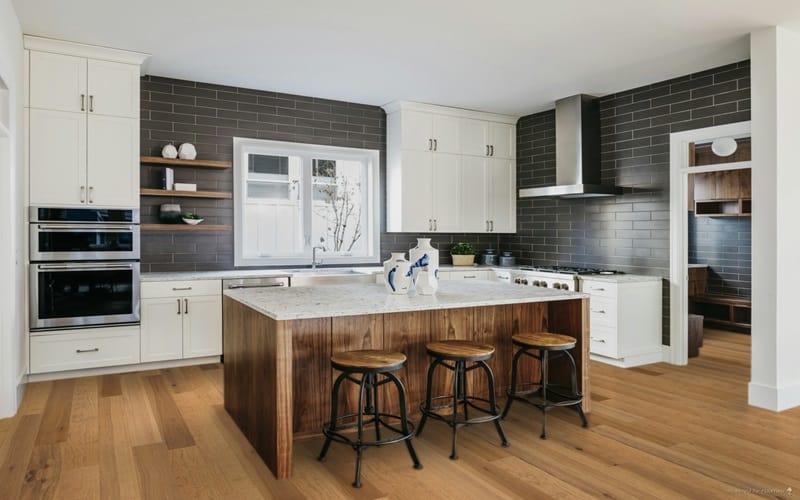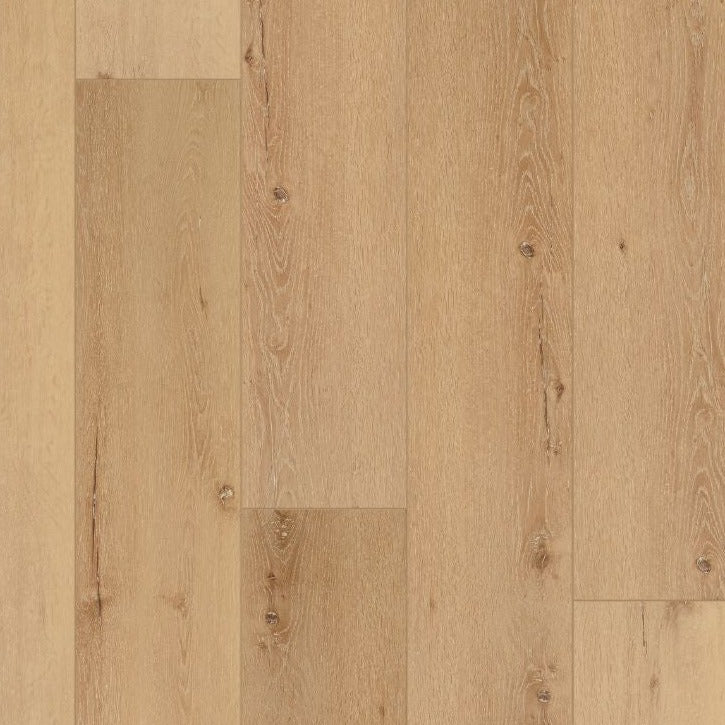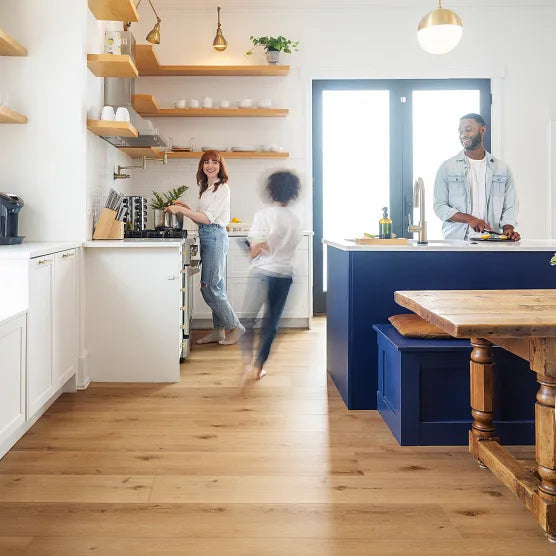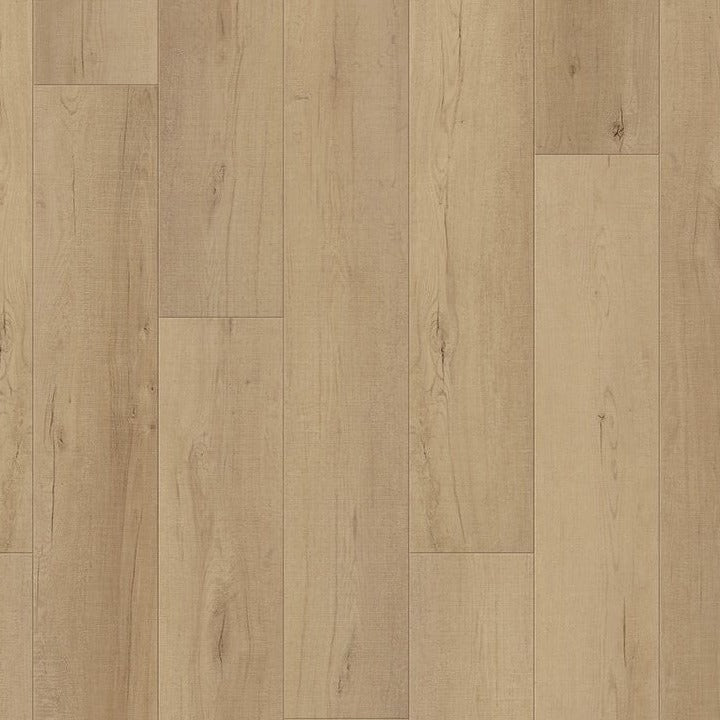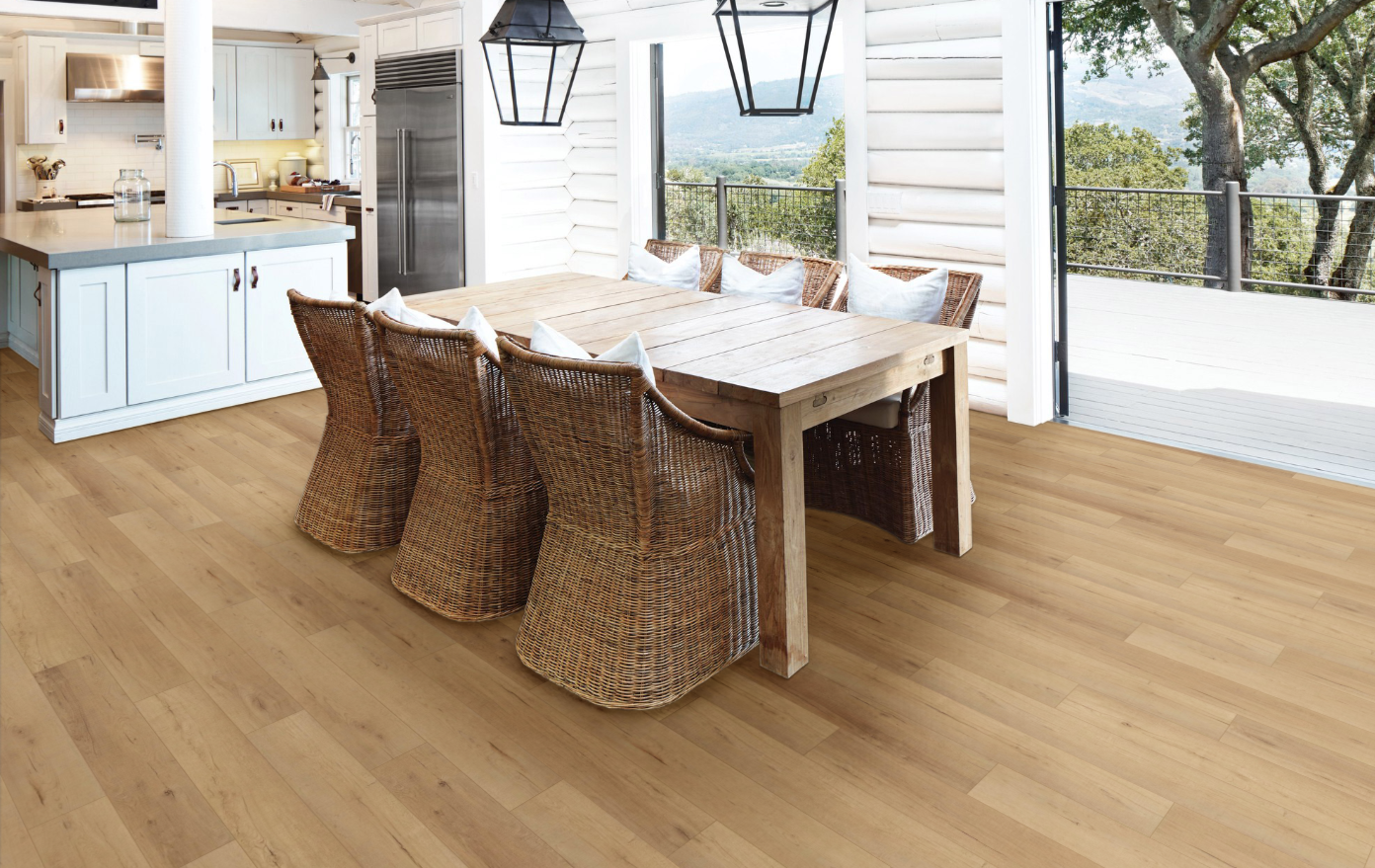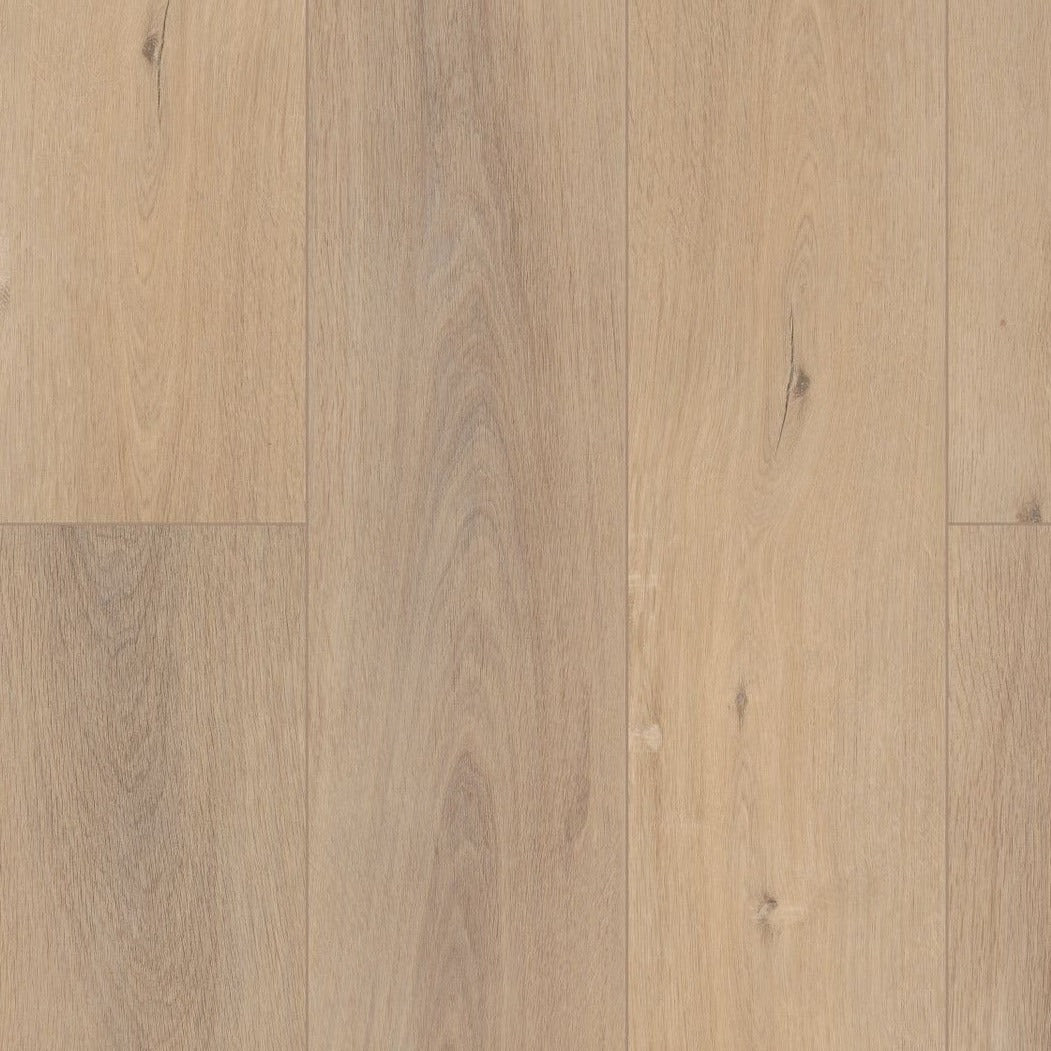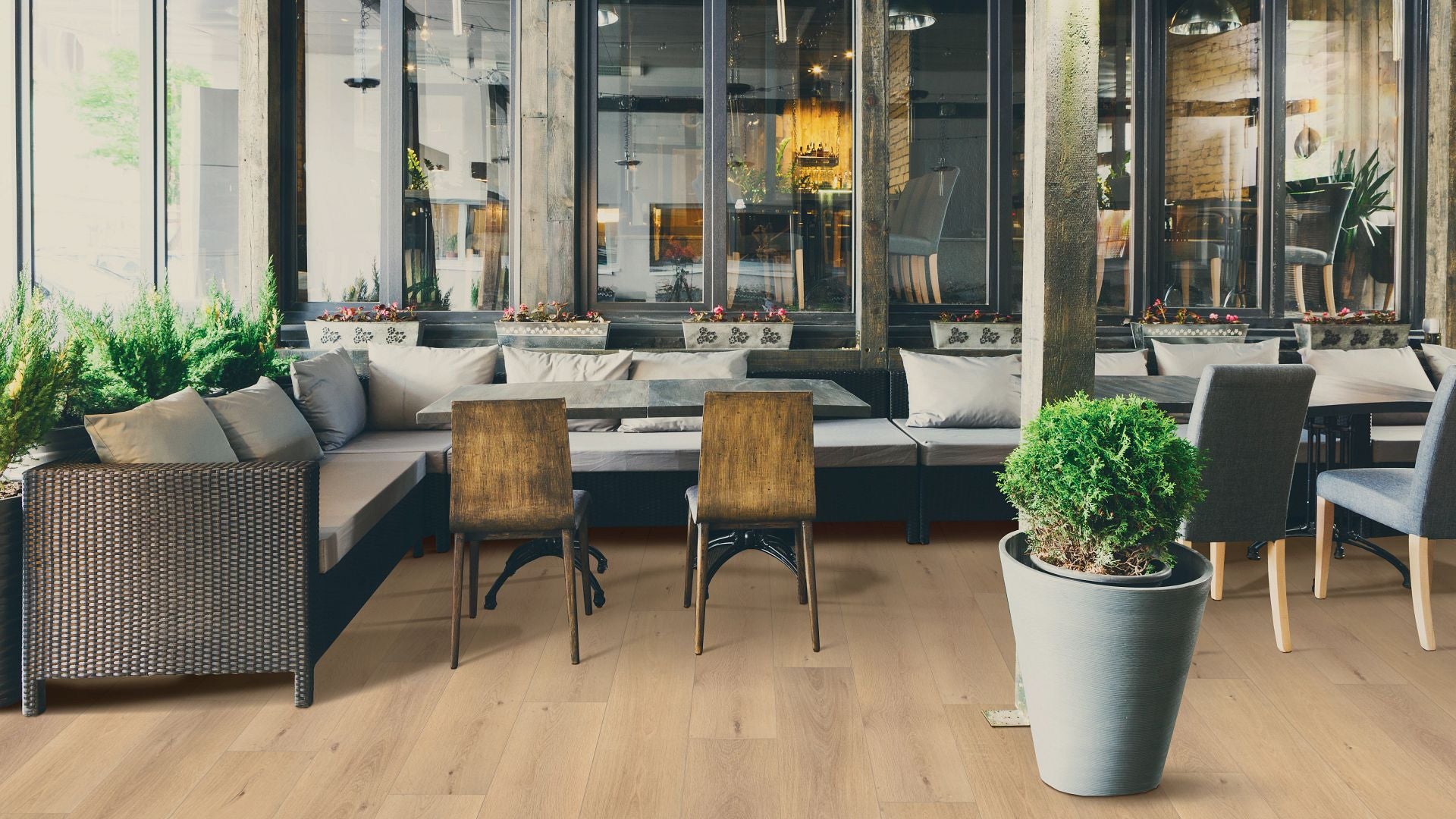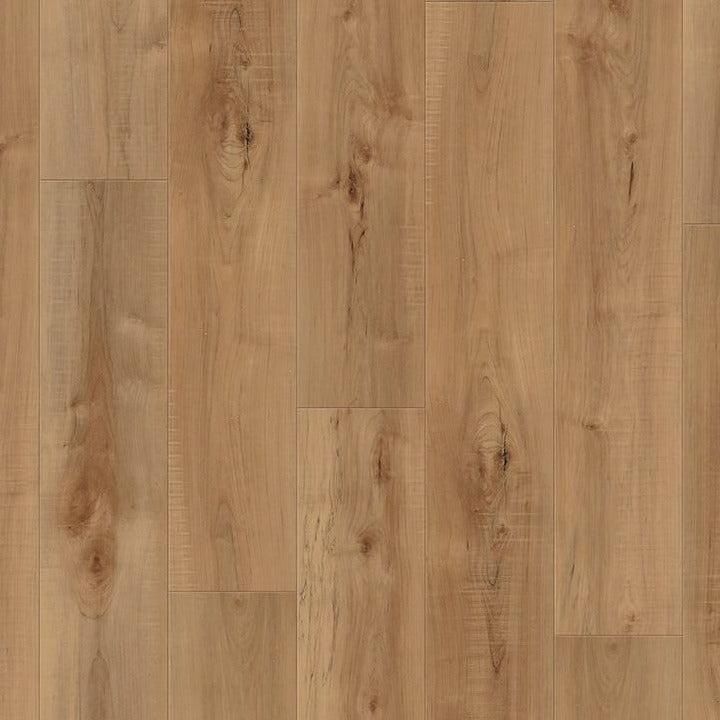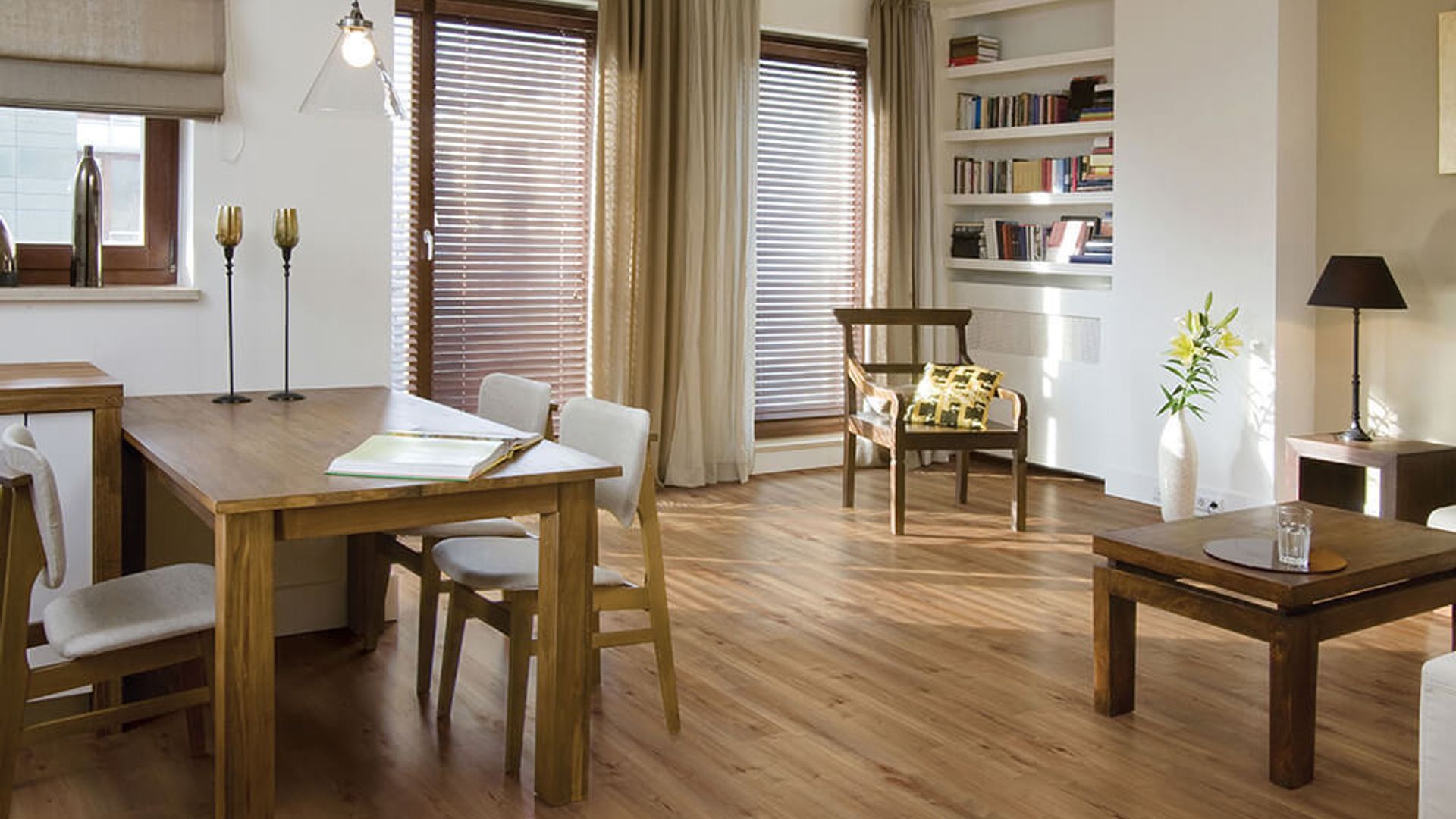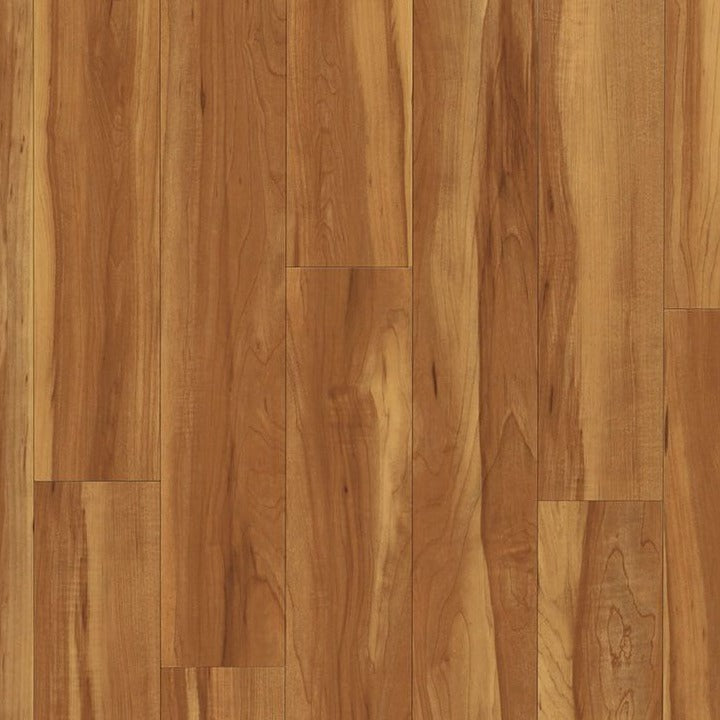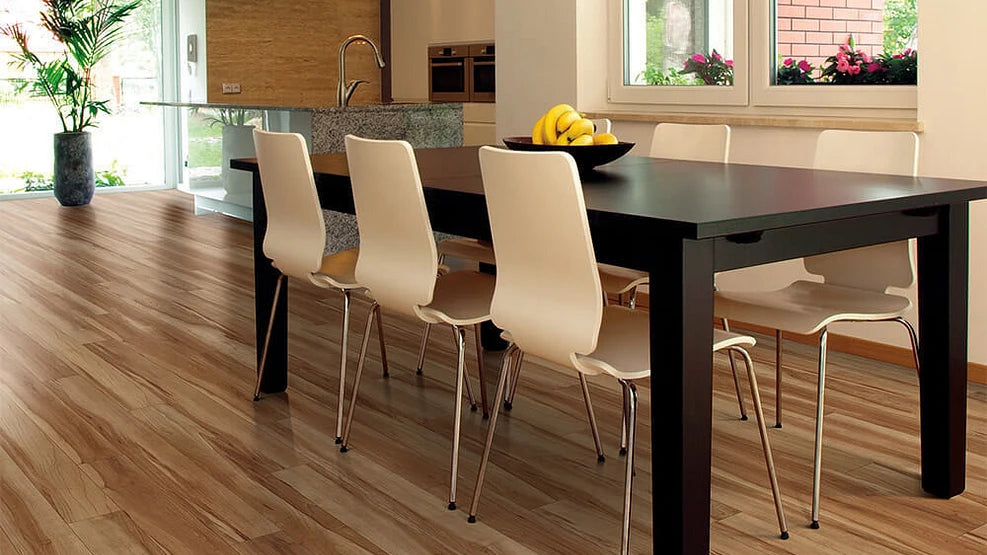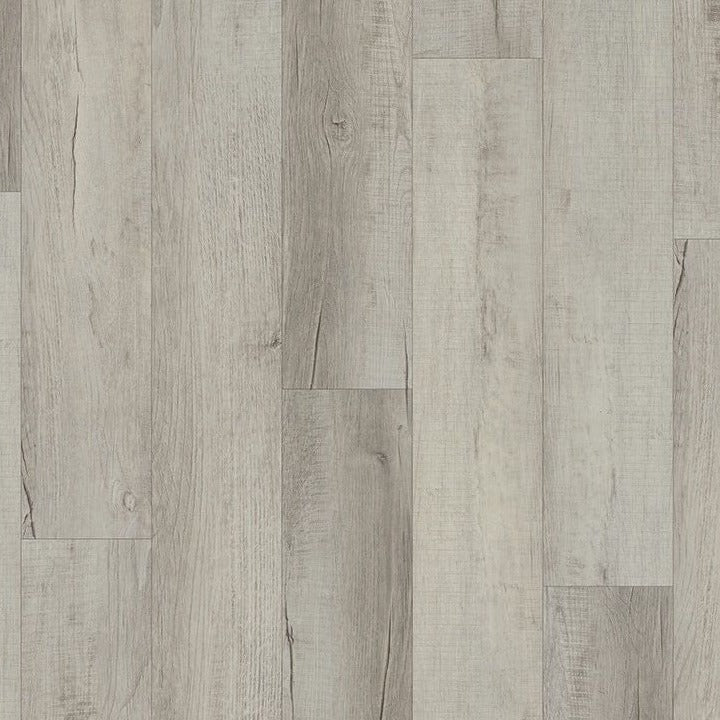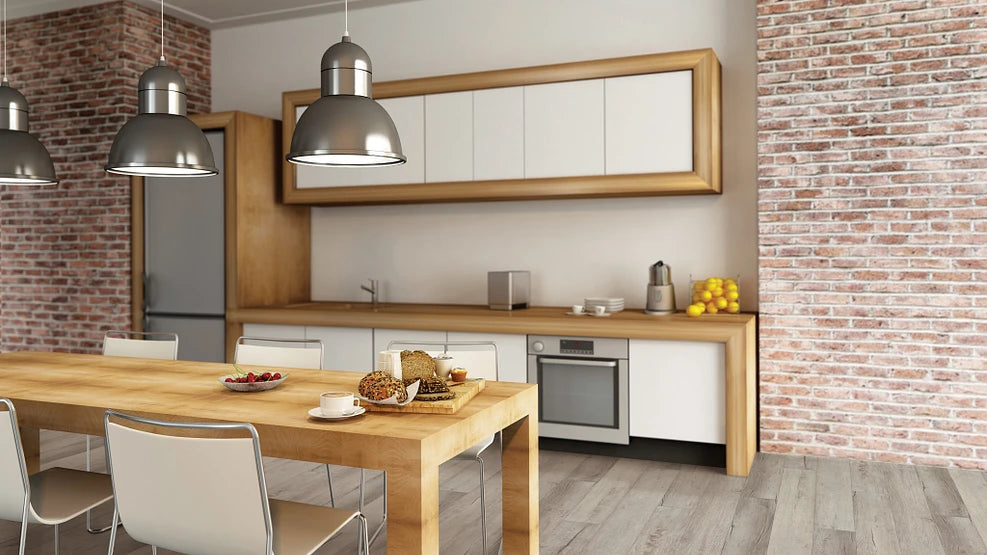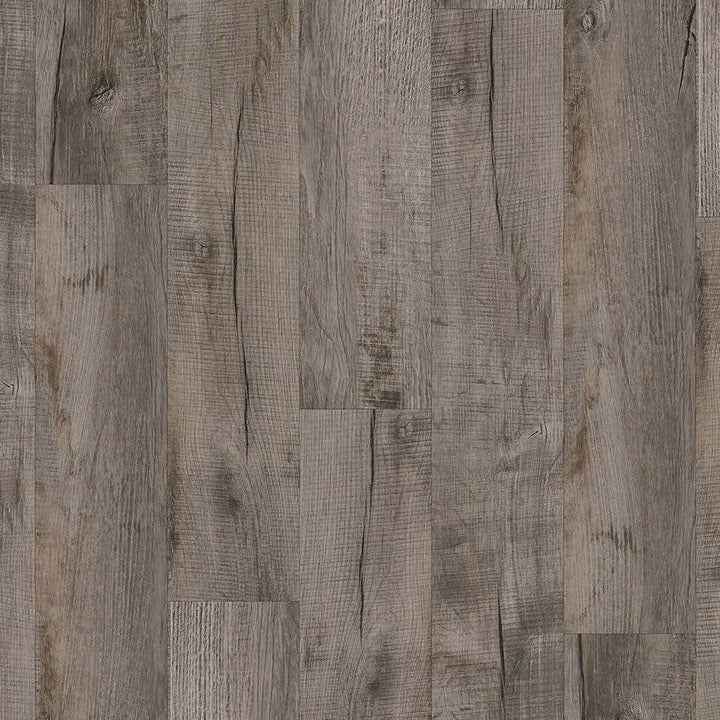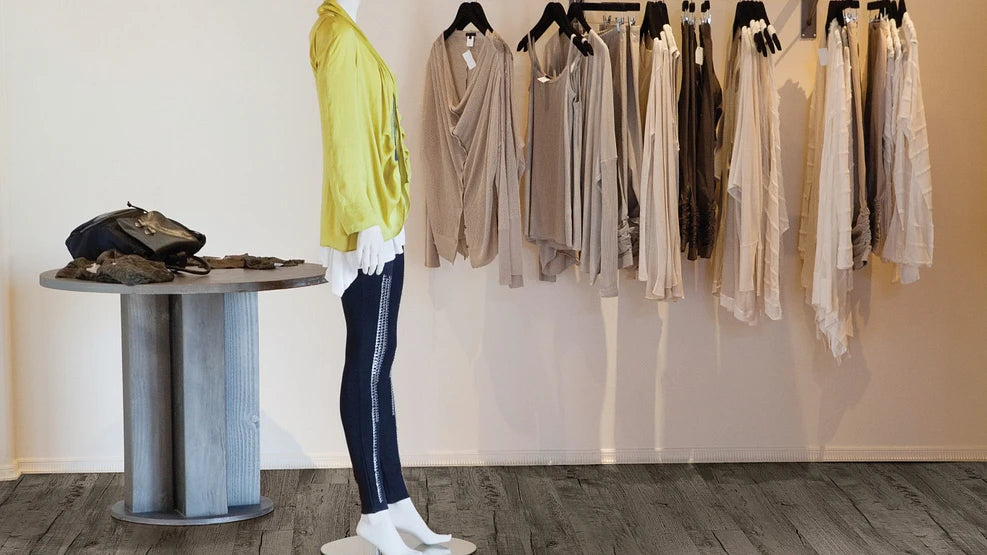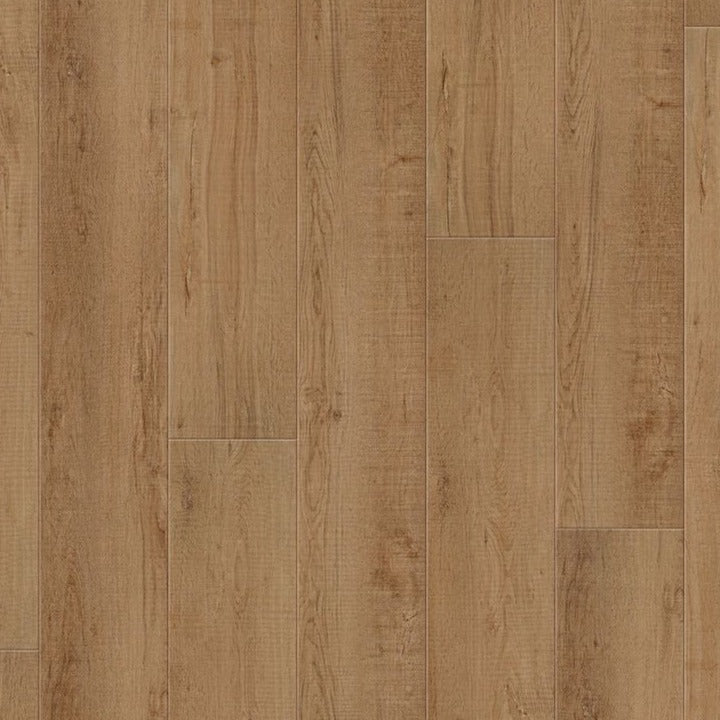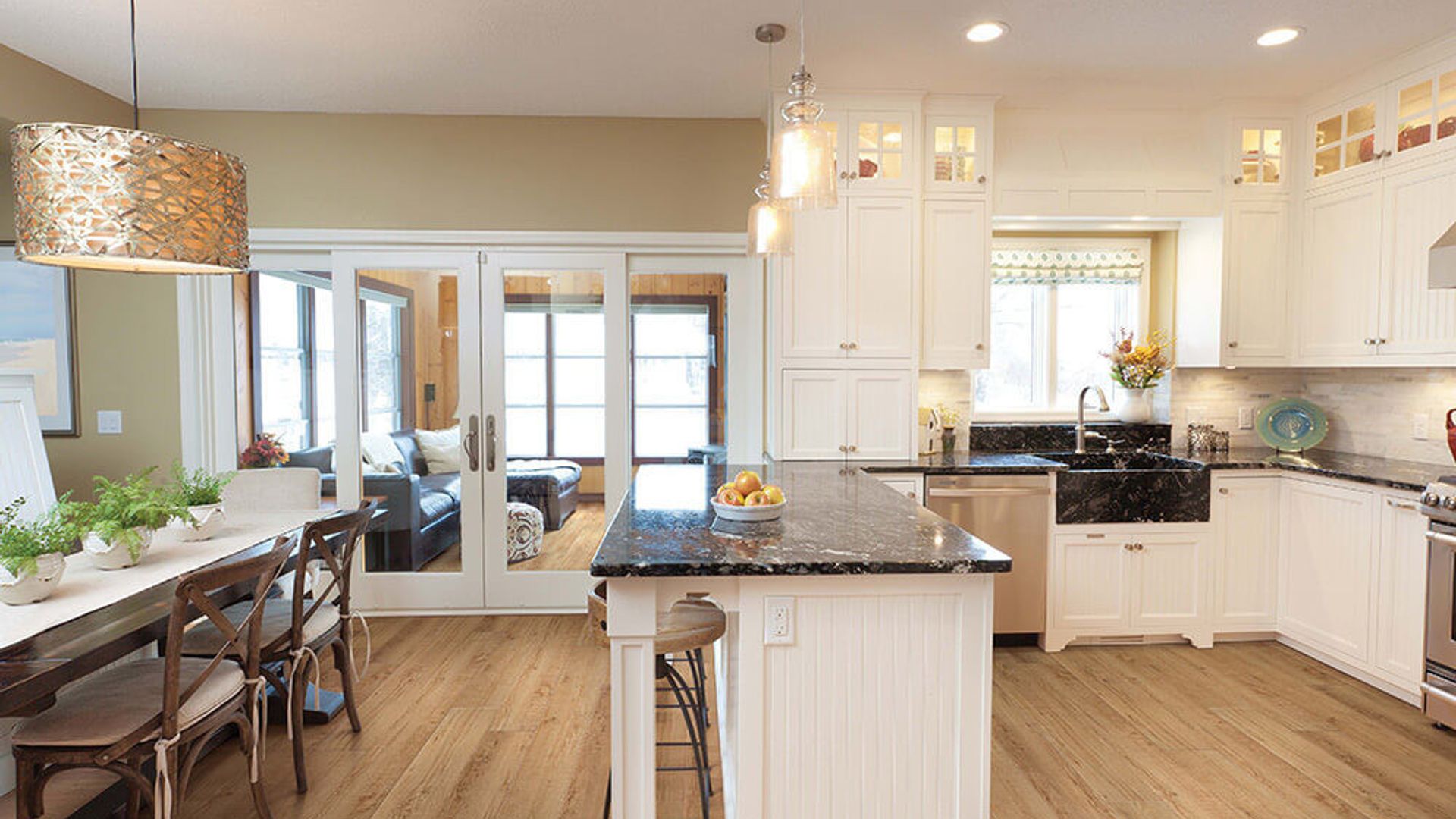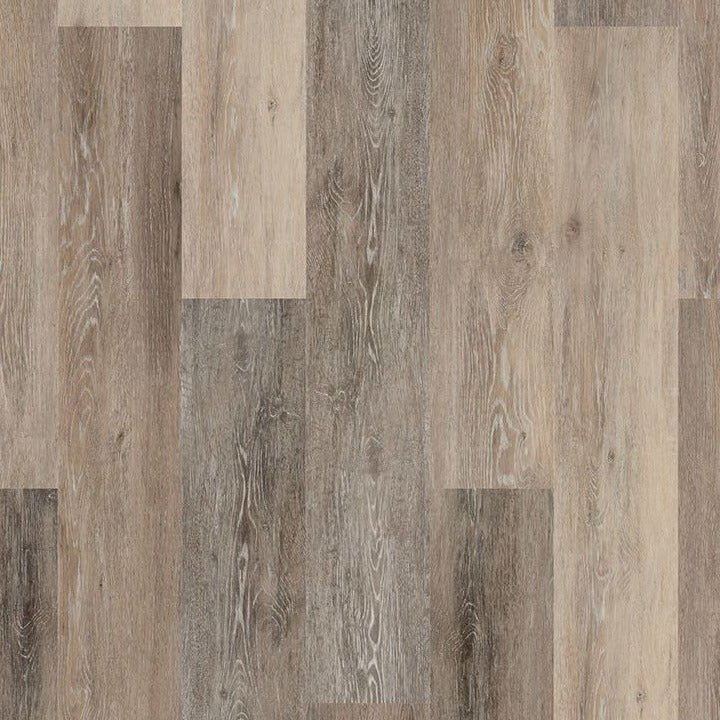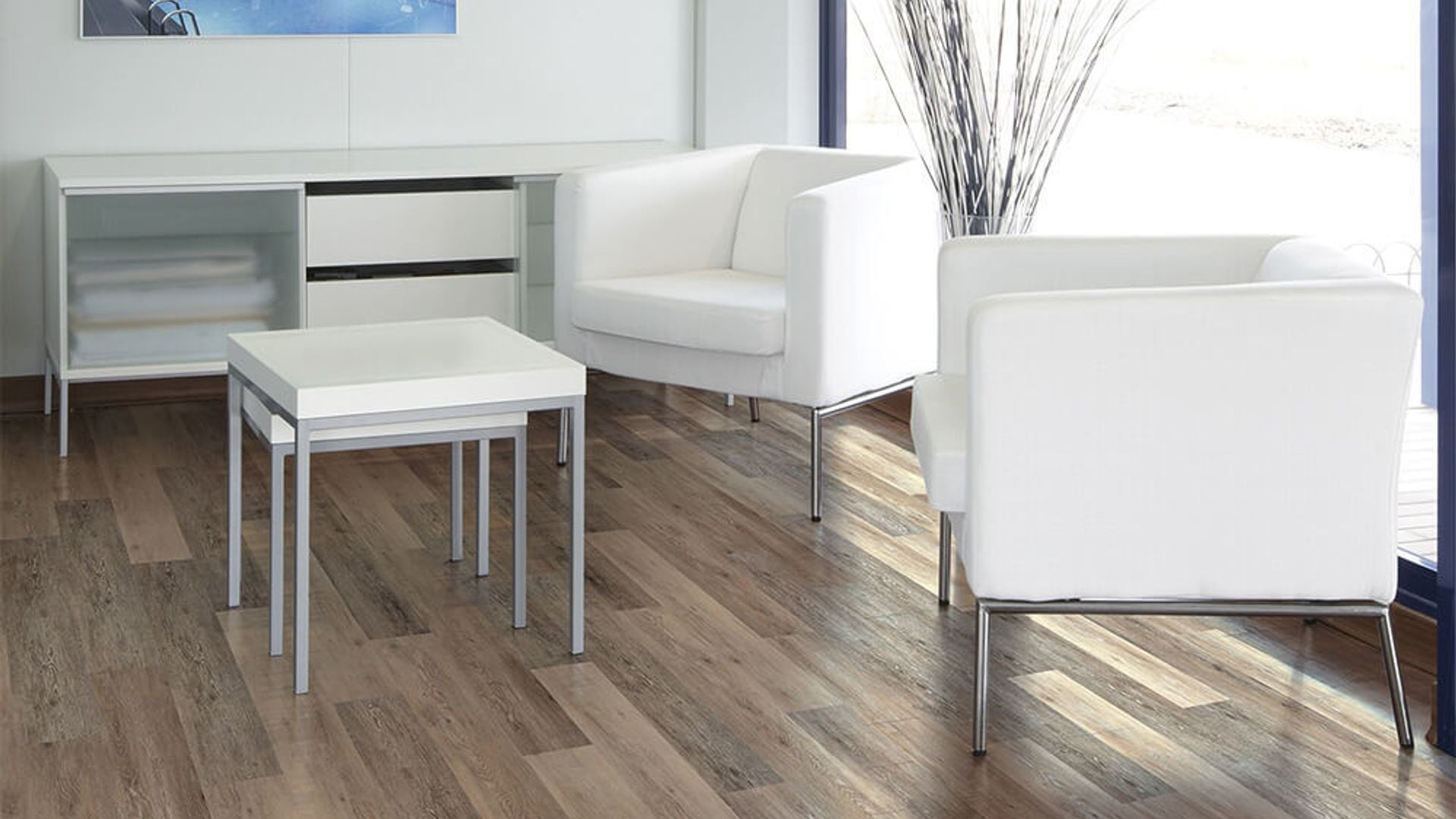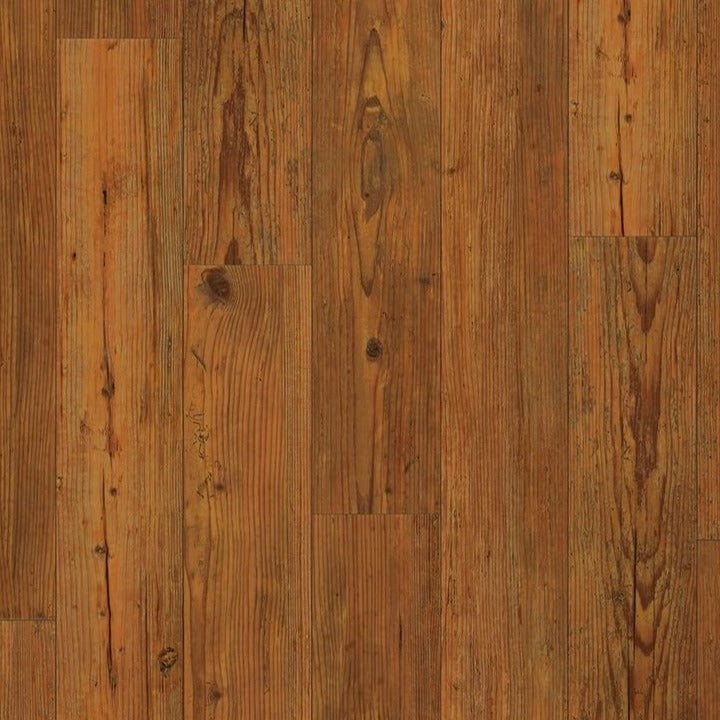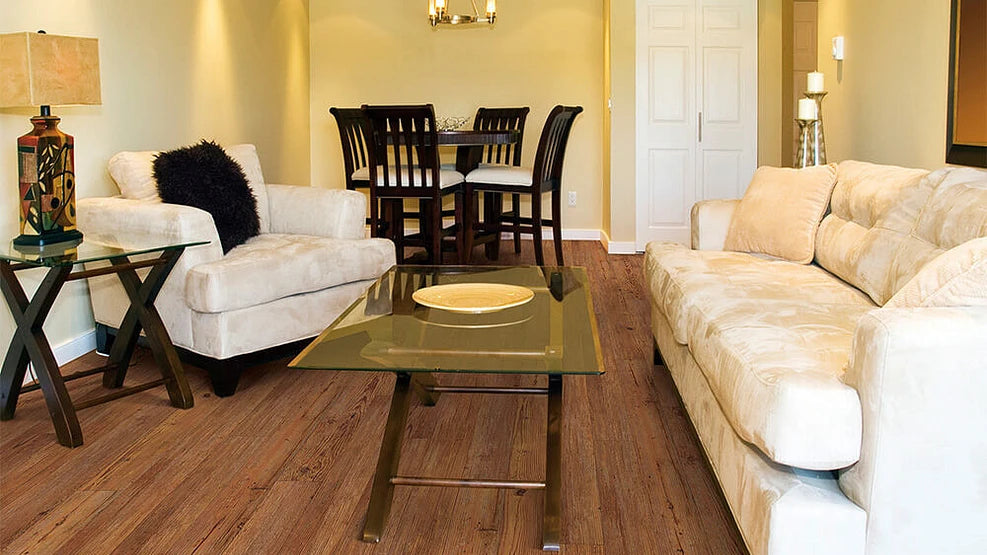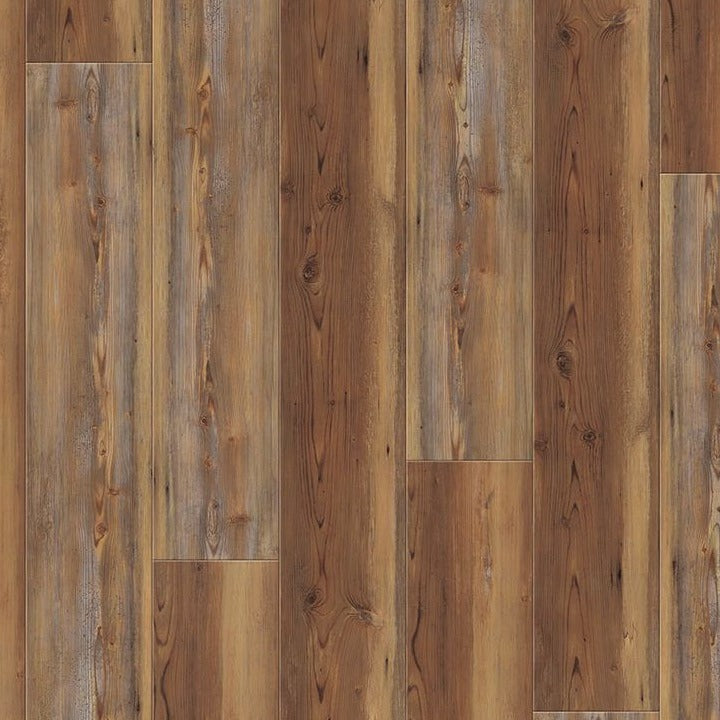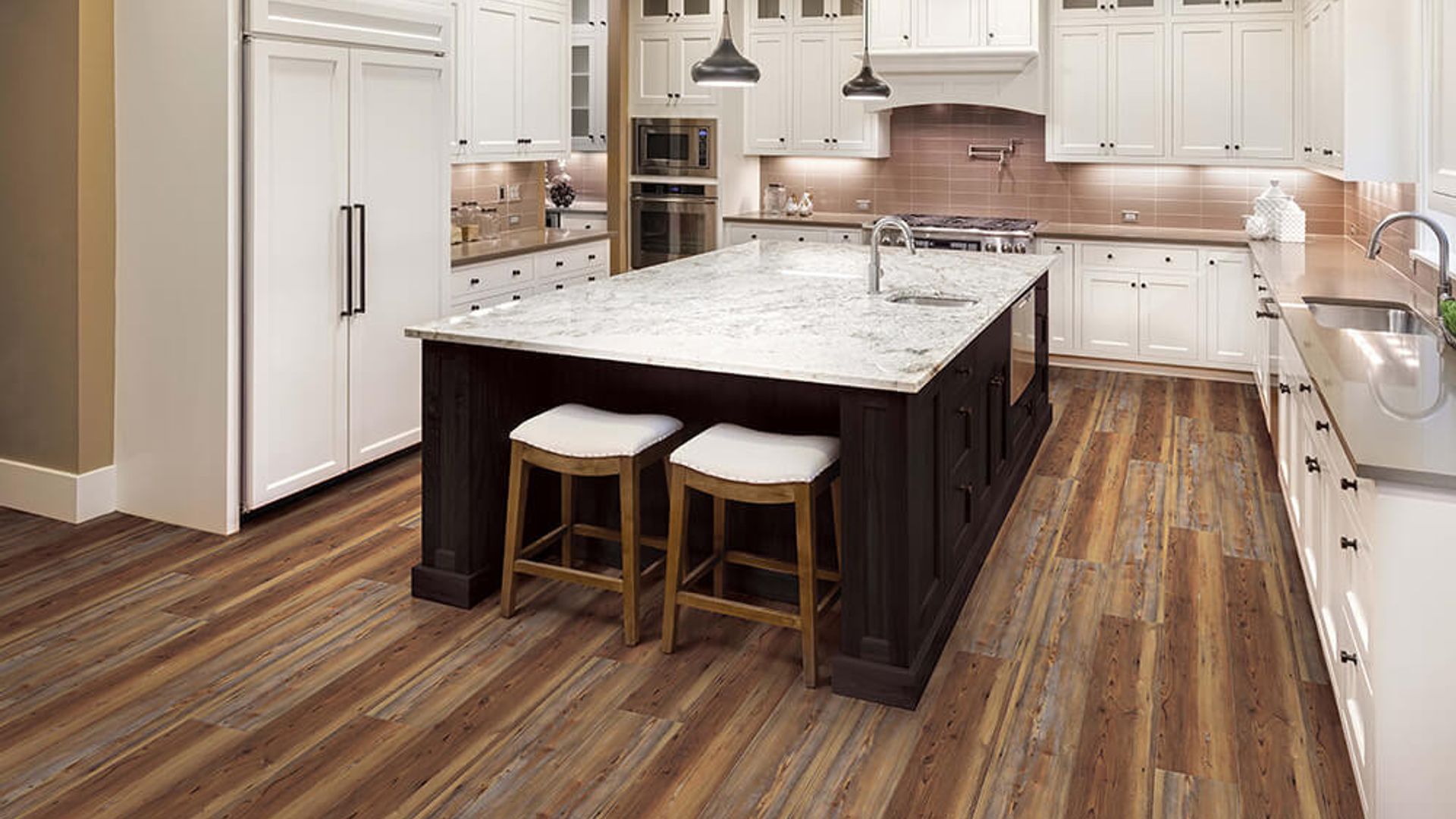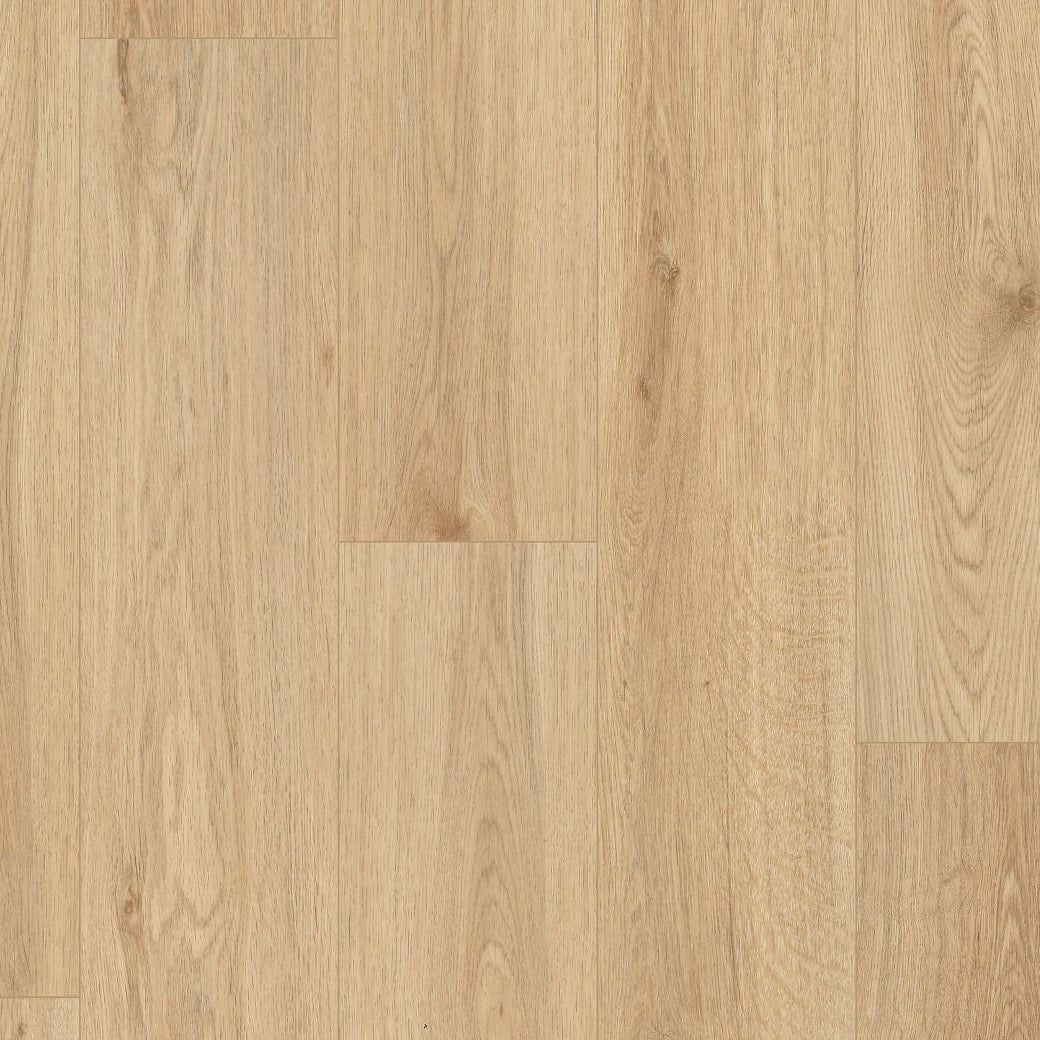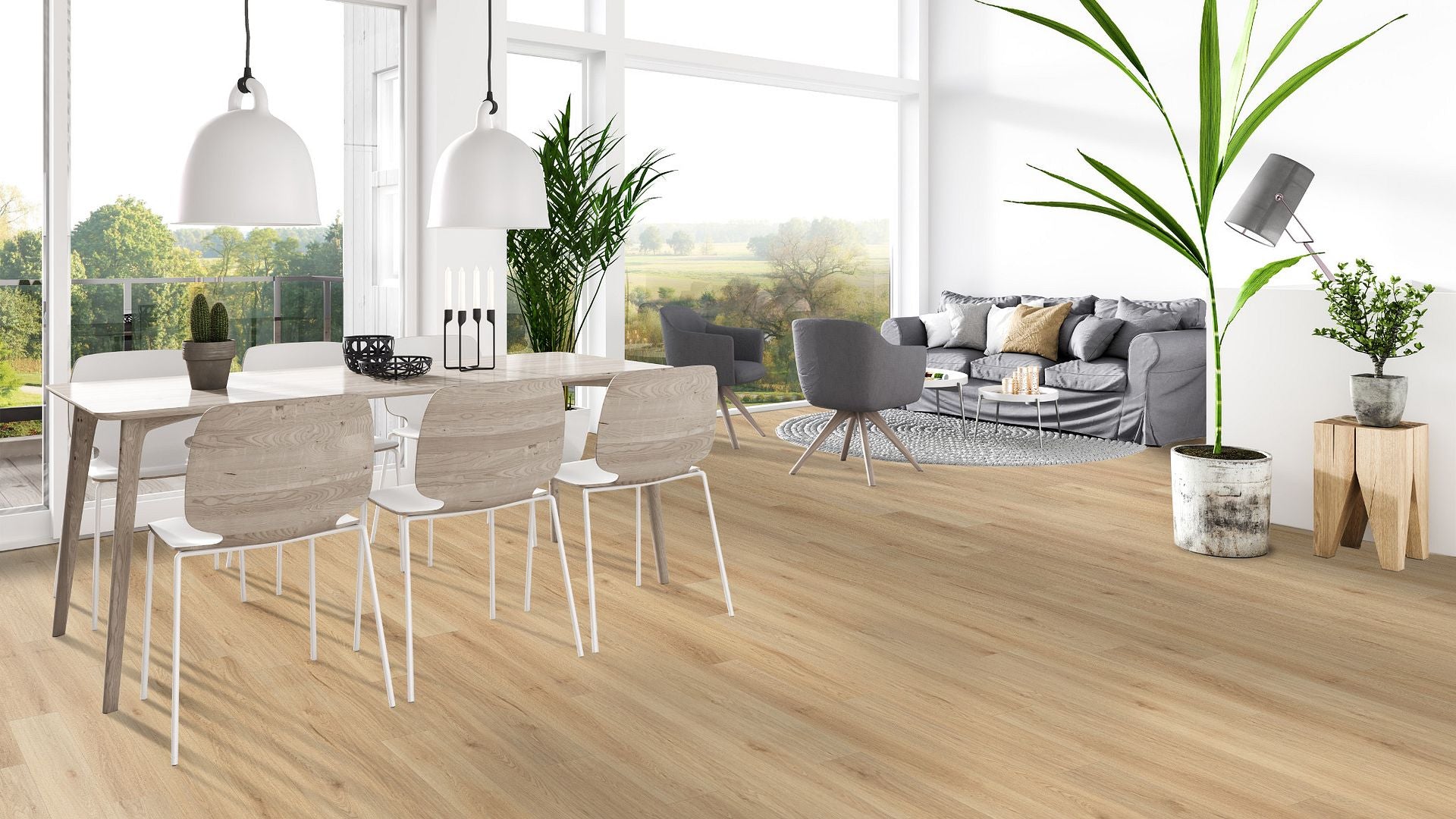Engineered hardwood and real hardwood represent two distinct categories of flooring materials, each with its own characteristics, advantages, and considerations. Understanding the differences between these options is crucial for homeowners seeking the perfect blend of aesthetics, durability, and practicality in their flooring choices.

Engineered Hardwood:
Engineered hardwood is a modern flooring solution that offers the beauty of real wood with enhanced durability and versatility. Its construction involves layers of materials, typically comprising a real hardwood wear layer on top, bonded to multiple layers of plywood or high-density fiberboard (HDF). This layered structure provides stability, minimizing the risk of warping or cupping, and allows for installation in environments where solid hardwood might be less suitable.

One of the key benefits of engineered hardwood lies in its resistance to moisture and temperature fluctuations. Unlike solid hardwood, which can be sensitive to changes in humidity, engineered hardwood performs well in areas prone to moisture, such as basements or bathrooms. The layered construction also allows for various installation methods, including floating, glue-down, or nail-down, providing flexibility and adaptability to different subfloor types.
Engineered hardwood offers a wide range of wood species, finishes, and styles, allowing homeowners to choose the perfect match for their design preferences. The top layer showcases the natural grain patterns and color variations of the chosen wood, maintaining the authentic beauty associated with real hardwood.
Real Hardwood:
Real hardwood, or solid hardwood, is a classic flooring option that has stood the test of time for its natural beauty and timeless appeal. Unlike engineered hardwood, solid hardwood is made from a single piece of wood, resulting in a solid plank from top to bottom. This construction lends an unmistakable authenticity and richness to the flooring.
One of the primary benefits of real hardwood is its unparalleled aesthetic quality. The natural variations in grain patterns, colors, and textures create a warm and inviting ambiance in any space. Solid hardwood has a depth and authenticity that many homeowners find irreplaceable, and its enduring appeal adds significant value to a home.
Durability is another advantage of real hardwood, especially when it comes to the ability to sand and refinish the floors. Over the years, solid hardwood floors can be sanded down to remove imperfections, scratches, or wear, and then refinished to restore their original luster. This capability extends the lifespan of solid hardwood and contributes to its long-term value.

The longevity of real hardwood is remarkable. With proper care and maintenance, solid hardwood floors can last for generations, becoming a lasting and integral part of a home's character. Additionally, real hardwood can be an eco-friendly choice if sourced from responsibly managed forests, contributing to sustainability efforts.
Benefits of Real Hardwood:
Timeless Aesthetic Appeal: Real hardwood floors exude a timeless and classic beauty that enhances the overall aesthetics of a home. The authenticity and warmth they bring to a space remain in style across design trends.
Durability and Longevity: Solid hardwood is renowned for its durability and longevity. Properly maintained hardwood floors can last for decades or even a century, making them a lasting investment.
Refinishing Capability: The ability to sand and refinish solid hardwood floors allows for the removal of scratches, dents, and wear, renewing the appearance and extending the life of the flooring.
Increase in Property Value: Real hardwood is often considered a valuable asset that can enhance the resale value of a home. Many homebuyers appreciate the enduring charm and durability of hardwood flooring.
Healthy Indoor Air Quality: Hardwood floors contribute to a healthier indoor environment by not harboring allergens, dust mites, or pet dander. They promote better air quality in the home.
Sustainable Options: Choosing responsibly sourced hardwood supports sustainable forestry practices, making it an eco-friendly option for environmentally conscious homeowners.
Conclusion
In conclusion, while engineered hardwood and real hardwood have their distinct features, the choice between them often boils down to personal preferences, budget considerations, and the specific requirements of the space.
Engineered hardwood offers enhanced versatility and moisture resistance, making it suitable for a variety of environments, while real hardwood provides an unmatched authenticity, enduring beauty, and the potential for long-term value in a home. Both options represent quality choices in the world of flooring, catering to different needs and design preferences.


